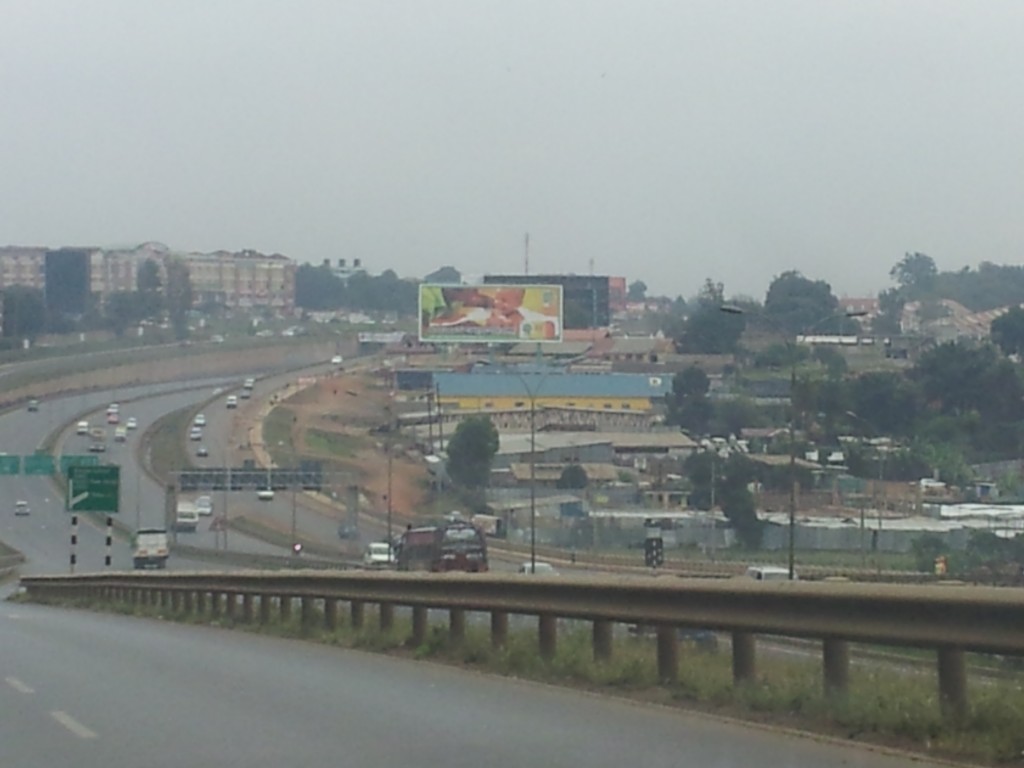Many people have asked if I enjoyed life in Lagos. I certainly did, even though life is not easy there. Urban transport is one of the daily struggles. But I had it easy – my host Lagos Business School covered my needs. Afolabi, Henry, or another driver picked me up every day, took me to school and back, and drove me around to visit companies. I enjoyed the rides a lot: I learned a lot about people’s lives talking to the drivers. I was able to observe what was going on in the street and share with locals the excitement of getting stuck in traffic for a couple of hours for a ride that could have taken just 20-30 minutes. This is nothing compared to what people go through on a daily basis there. Many people wake up at 4:00am to get to work on time. Many others live in their shops – not just to avoid traffic from lack of a better shelter.

The Africa Transport Policy Program (SSATP) provides figures (for all Africa) that give an idea of the scale of the problem:
- It has a 4.5 % annual population growth rate;
- There will be more than 300 million city residents by 2030;
- 60% of all Africans will live in cities by 2050;
- The population of Africa will reach 4 billion by 2100.
Improved urban transport needs to accompany the growth of cities. Progress is being made. A few casual observations:
- The first subway system in SSA opened last month in Addis Ababa, Ethiopia;
- Highways are being built – the most impressive one to me is the one connecting Lagos Island to the airport: a 10 km construction built over water;
- Uber operates in some large cities, alleviating traffic and improving safety.
You can find city reports in the document “Policies for Sustainable Accessibility and Mobility in Urban Areas of Africa” by SSATP. It claims the need to transform urban areas from obstacles to growth to engines of economic – and social, I would add – development and poverty alleviation. The objective is to improve mobility, accessibility, and quality of life for all. Hopefully, infrastructural development will be done in such a way that people aren’t inundated with asphalt. Rather, it could help them get back into contact with nature if properly planned.
Would you like to share news about any developments in urban transportation in SSA?


i read your bolg and gain very help full information… thanks for sharing..!!
I’m glad you find it useful, thank you!